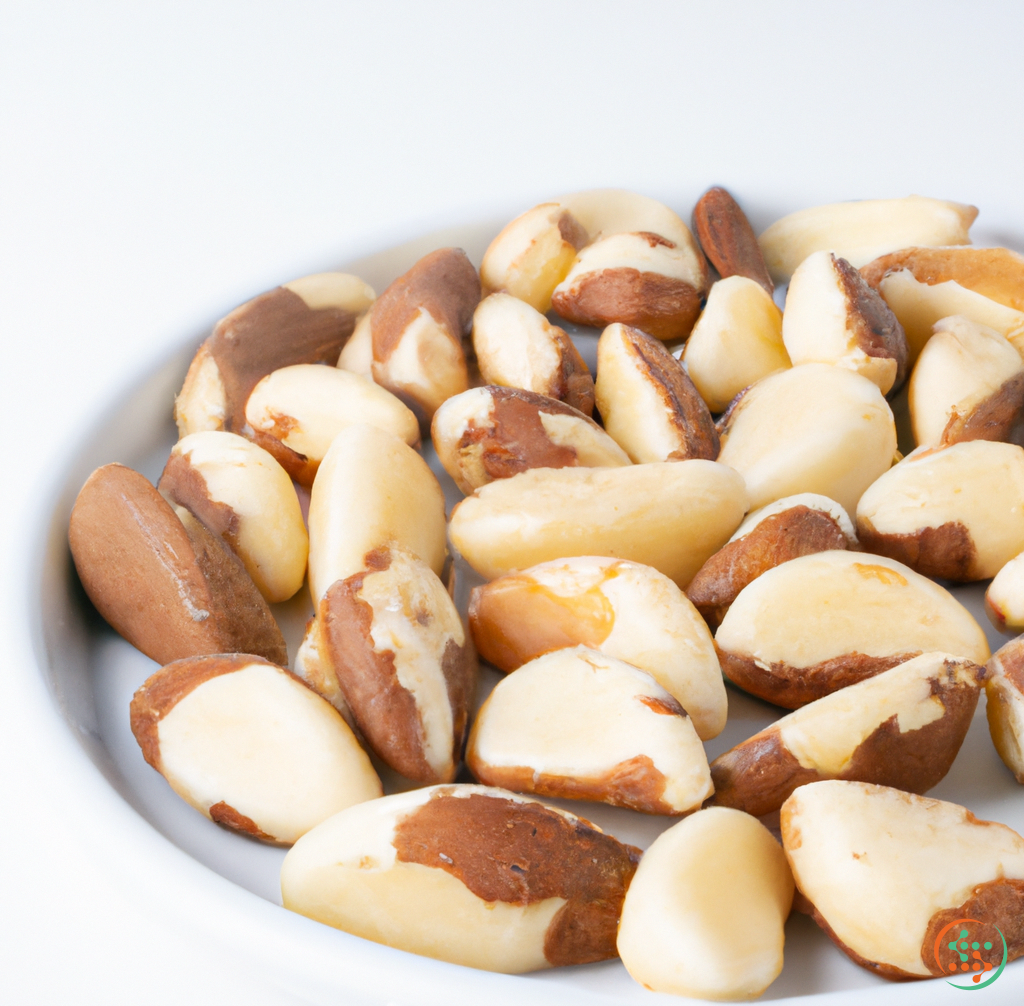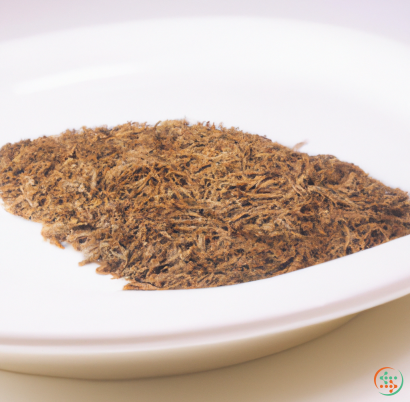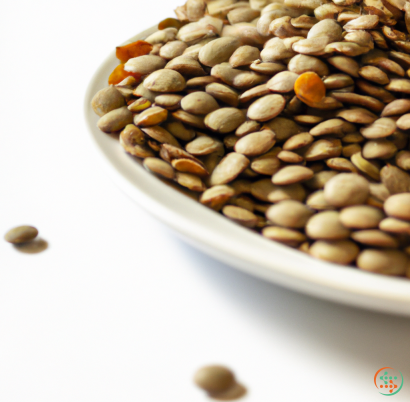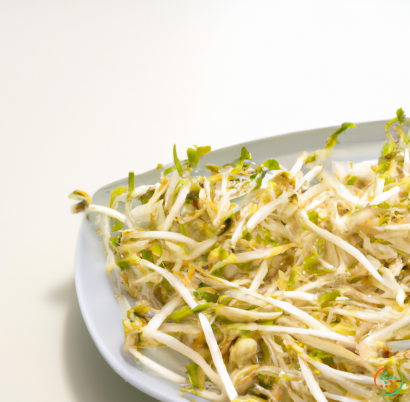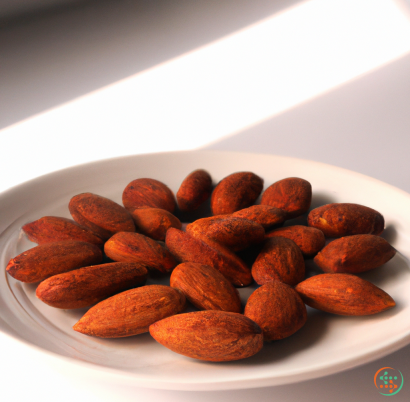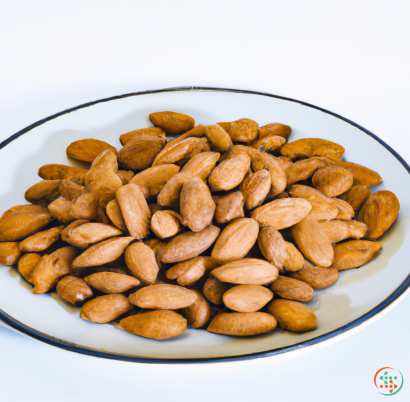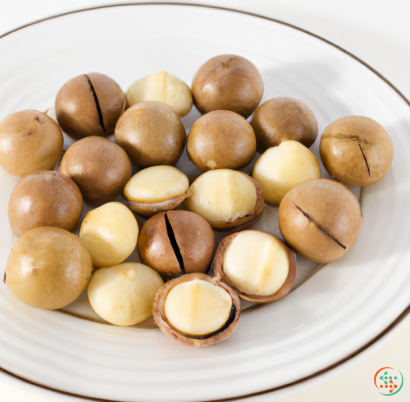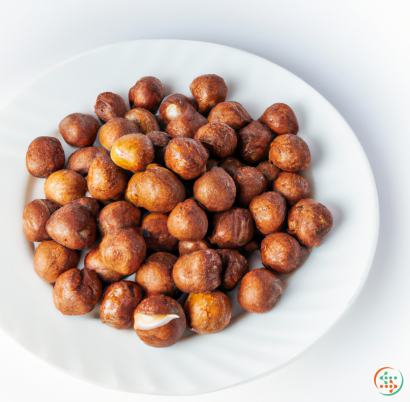Brazil Nuts
It may come as a surprise to some readers, but Brazil nuts, which are often consumed as snacks, are not actually nuts at all. Instead they are seeds, rich in healthy proteins and fats. These highly nutritious items, encased within a set of protective brown shells, have been part of the global diet for centuries, both as a snack and as an ingredient in various health remedies, beauty treatments and medicines.
What are Brazil Nuts?
Brazil nuts are off-white seeds, usually about 1-1.5 inches long. They contain a hard, woody outer shell, which encloses a thin pale membrane. Inside this thin layer is the nut’s edible section. This edible section is where the majority of its health benefits can be found, due to its high content of essential fatty acids, dietary fiber, vitamins, minerals and proteins.
Where Do Brazil Nuts Grow?
Over the centuries, the primary source of these highly nutritious seeds has been the South American region of the Amazon rainforest. While they are believed to originally come from Brazil, they are now grown in several other countries in South America, including Bolivia and Peru. Depending on the region of production, the size, shape and taste of the nut may vary.
Health Benefits of Eating Brazil Nuts
Studies have revealed that eating regular portions of Brazil nuts, regardless of the region of production, can be very beneficial for our health.
Regular consumption of Brazil nuts can benefit us in a number of ways. Firstly, they are rich in protein and help to provide the body with much needed energy. Research has found that Brazil nuts can help lower cholesterol levels, which can in turn protect against heart disease.
Brazil nuts have an abundance of minerals, including selenium, magnesium and zinc, which are thought to help protect against oxidative stress and keep cellular damage to a minimum. Additionally, they are an excellent source of monounsaturated fats and omega-6 fatty acids, which help to reduce inflammation and keep blood pressure under control.
Medicinal and Cosmetic Uses
The high content of minerals and proteins makes Brazil nuts a popular choice for medicinal and cosmetic products. Latin American cultures have been using the nut’s inner shell as a form of treatment for various ailments and conditions, such as headaches, arthritis and joint pain.
Their beneficial oils can also be used to promote healthy looking skin and hair. Applying oil from Brazil nuts to the scalp helps to improve the overall growth of hair. Additionally, when consumed as part of a regular diet, the flavonoids found in the seed can improve skin complexion and reduce wrinkles.
Taste and Recipes
Despite their numerous health benefits, the taste of Brazil nuts see them remain a firm favorite for snacking for people all around the world. They have a creamy, nutty, slightly sweet taste, and are best consumed when their shells are cracked and the nuts are eaten raw.
They also provide a tasty addition to dishes and desserts. Brazil nuts can be used in lieu of other nut varieties, added to creamy porridges or used to make snack bars, such as energy balls. This tasty nut can also be used as a topping for salads.
In Conclusion
As evidenced throughout this article, Brazil nuts are more than just a snack, but one which offers numerous health benefits and can help us to reach our nutritional goals. Rich in proteins, fats, vitamins and minerals, the addition of this seed to our diet can help to protect against a range of health problems and can provide us with a tasty snack for on the go.
The Brazil nut, native to the Amazonian rainforest, is considered one of the most versatile and nutritious nuts available in the world. This nut is filled with vitamins, minerals, protein, antioxidants, healthy fats, and phosphorous – making it a powerful nutritional powerhouse. From the time a Brazil nut is created until it lands on your dinner plate, a complex journey occurs with many steps and elements involved.
From the Jungle to a Grocery Store: A Journey of Creation
In its natural environment, the Brazil nut tree is found mainly in the protected rainforests of South America and the Caribbean. The Brazil tree is a huge organism, growing up to 150 feet tall with large spreading wings, making it a dominant organism in the forest. This type of tree is unique in that most of its nutrition comes from nitrogen fixing bacteria at its roots, allowing it to grow under varying ecological conditions.
Every year, Brazil nut trees will produce flowers with large orchid-like petals blooming in the Spring and early Summer. Each flower contains both male and female parts, so it can fertilize itself through self pollination and produce fruits. Each pollinated flower will become a cone-shaped capsule full of nutshells. This usually happens six months after the flowering when each capsule is ready to burst open.
At this stage, a huge number of little insects called “parasitic weevils” start to infect the tree and bore into each capsule’s outer layer. As they lay their eggs, they also help the capsule to crack open and allow the Brazil nuts to fall to the forest’s floor. Once the capsule is opened and the Brazil nuts have been exposed to fresh air, parabiotic beetles or “porworms” come and lay their eggs in the casings, which helps break them down. This process releases the nut from its outer shell and the mature brazil nut falls to the ground.
If left in the wild, the fallen nuts will likely be eaten by wildlife or rot away before they are harvested. To prevent this from happening and to harvest as many of the kernels as possible, the area’s indigenous populations often tap into the Brazil nut tree’s abundance by using “basket swarming”. This is where they hang large collection buckets in the trees and when the capsules crack open and release their kernels, most of the brazil nuts are collected in these containers. This practice allows them to save time, money and plenty of nuts.
Once the Brazilian nuts have been successfully collected, they must be processed carefully in order to maintain nutrition and ensure they’re safe to consume. To do this, some indigenous communities manually grind the kernels down into flour while others roast them over open fire pits and then grind them. This is because the exterior of the nut is quite hard after it’s been plucked and must be softened. Once the nut has been ground down, the processed powder is put into large sacks or bags and transported out to the nearest towns or cities for sale.
Drying the Nuts and Transporting Them to Grocery Stores
Once the Brazil nuts arrive in the nearest towns or cities, they are dried and packaged in either tins, cans, or vacuum sealed plastic bags for sale in grocery stores around the world. Experts believe that the most nutritionally dense Brazil nut product is the cold-pressed oil as it preserves the most of its antioxidants and minerals. Once this is done, these tins and packages are then transported to various grocery stores around the world to be sold.
When you buy a package of Brazil nuts from the store, look for one that’s “raw”. Raw Brazil nut products should have a creamy texture, light brown color and slightly sweet taste. These are usually the most fresh and have not been cooked or processed, meaning they still contain most of their nutritional content.
Facts and Benefits of Brazil nuts
Brazil nuts are a rich source of selenium, a mineral essential for optimal health. Studies indicate that eating just one or two Brazil nuts a day can provide your body with all the selenium you need in one day.
In addition, Brazil nuts are a good source of vitamin E and monosaturated fatty acids, both of which are essential for maintaining a healthy cardiovascular system. They are also a rich source of zinc, which plays an important role in your immune system and can help your body fight off infection and disease. Finally, Brazil nuts are high in dietary fiber, which can help reduce cholesterol and keep your digestive system healthy.
Conclusion
From the time a Brazil nut is created until the moment it lands on your dinner plate, a complex journey of nature, science, and skill takes place. The Brazil nut's journey begins in the Amazonian rainforest with the creation of the nut from a flowering Brazil tree. It then passes through the hands of numerous indigenous populations who collect, process and prepare the nuts for sale. The final step includes the transportation of the nuts to various stores, where they can be purchased and enjoyed on a daily basis. Taking into account all the nutritional and health benefits associated with the Brazil nut, it is easy to understand why so many people around the world enjoy it.
| Vitamin E | 0.00565 grams | |
| Vitamin C | 0.7 mg | |
| Vitamin B1 | 0.62 mg | |
| Vitamin B2 | 0.04 mg | |
| Vitamin B3 | 0.3 mg | |
| Vitamin B4 | 0.0288 grams | |
| Vitamin B5 | 0.18 mg | |
| Vitamin B6 | 0.1 mg | |
| Vitamin B9 | 0.022 mg |
| Calcium | 0.16 grams |
Daily Value 1.3 g
|
| Iron | 0.00243 grams |
Daily Value 0.018 g
|
| Magnesium | 0.376 grams |
Daily Value 0.4 g
|
| Phosphorus | 0.725 grams |
Daily Value 1.25 g
|
| Potassium | 0.659 grams |
Daily Value 4.7 g
|
| Sodium | 0.003 grams |
Daily Value 2.3 g
|
| Zinc | 0.00406 grams |
Daily Value 0.011 g
|
| Copper | 0.00174 grams |
Daily Value 0.9 mg
|
| Manganese | 0.00122 grams |
Daily Value 0.0023 g
|
| Selenium | 0.001917 grams |
Daily Value 0.055 mg
|
| Tryptophan | 0.135 grams | |
| Threonine | 0.365 grams | |
| Isoleucine | 0.518 grams | |
| Leucine | 1.19 grams | |
| Lysine | 0.49 grams | |
| Methionine | 1.124 grams | |
| Cystine | 0.306 grams | |
| Phenylalanine | 0.639 grams | |
| Tyrosine | 0.416 grams | |
| Valine | 0.76 grams | |
| Arginine | 2.14 grams | |
| Histidine | 0.409 grams | |
| Alanine | 0.609 grams | |
| Aspartic Acid | 1.325 grams | |
| Glutamic Acid | 3.19 grams | |
| Glycine | 0.733 grams | |
| Proline | 0.706 grams | |
| Serine | 0.676 grams |
| Sucrose | 2.33 grams |
|
| Total Sugars | 0.131141 grams |
per 100g
|
| Myristic acid (14:0) | 0.05 grams |
|
| Palmitic acid (16:0) | 9.63 grams |
|
| Stearic acid (18:0) | 6.24 grams |
|
| Arachidic acid (20:0) | 0.17 grams |
|
| Behenic acid (22:0) | 0.01 grams |
|
| Total Saturated fatty acids: | 16.1 g | |
| Oleic acid (18:1) | 23.59 grams |
|
| Palmitoleic acid (16:1) | 0.21 grams |
|
| Gadoleic acid (20:1) | 0.03 grams |
|
| Total Monounsaturated fatty acids: | 23.83 g | |
| Omega-6 Gamma-linolenic acid (18:3) | 0.02 grams |
|
| Omega-3 Alpha-linolenic acid (18:3) | 0.02 grams |
|
| Linolenic acid (18:3) | 0.04 grams |
|
| Linoleic acid (18:2) | 24.36 grams |
|
| Total Polyunsaturated fatty acids: | 24.44 g | |
| Stigmasterol | 0.01 grams |
|
| Beta-sitosterol | 0.06 grams |
|
| Total Sterols: | 0.07 g | |
